SecOps Orchestration

Overview
In today’s rapidly evolving threat landscape, having SecOps orchestration and automation capabilities is crucial for enterprises looking to scale at speed while maintaining robust security. Automation streamlines security policy enforcement, enabling consistent, real-time responses to incidents across the organization. This not only strengthens resilience but also ensures faster remediation, reducing the impact of cyber threats. As cyberattacks grow more sophisticated and resources remain scarce, SecOps orchestration boosts operational efficiency by eliminating manual processes, minimizing human error, and optimizing the use of limited talent. Ultimately, it enhances business outcomes by improving security posture, reducing risk, and ensuring a scalable, agile approach to cybersecurity in an increasingly complex environment.
Did you you?
64% of SecOps professionals have 5 years or less experience, underscoring the need for automation to bridge the skills gap
54 days faster breach identification in organizations with automated incident response plans compared to those without.
75% of organizations suffer from alert fatigue, overwhelmed by the volume of security alerts they receive daily.
50%+ faster incident response with SOAR platforms, which integrate and automate security tools across the enterprise.
$3.05 million saved on average in data breach costs by enterprises with comprehensive security orchestration and response.
58% of large enterprises are adopting SOAR tools to increase visibility and streamline security operations
Challenges
Tool Integration: Integrating diverse security tools is complex
Adoption of SOAR to growing infrastructure can be difficult
Alert Overload: Managing high alert volumes still leads to alert fatigue
Customization: Creating and adjusting custom playbooks requires ongoing effort
Skill Shortage: Requires skilled professionals amid a cyber talent gap
Cost: High upfront investment and maintenance
Compliance: Meeting diverse regulatory demands is complex
Solutions & Technologies
Proven Methodologies for Deploying SOAR:
Tool Integration: Centralize security by integrating existing solutions like SIEM and EDR
Standardized Playbooks: Create reusable playbooks for common incidents to ensure consistent responses
Flexible Workflows: Tailor workflows to meet specific business requirements, adapting as threats evolve
Automated Threat Intelligence: Use automated feeds to enrich alerts and prioritize based on risk
Phased Rollout: Deploy SOAR incrementally, starting with simpler tasks
Continuous Testing: Regularly test and refine playbooks to maintain effectiveness
Cross-team Integration: Involve IT, legal, and HR for cohesive incident management
Key Technologies for Optimum SOAR Outcomes:
SIEM: Centralizes logs and enhances threat monitoring
EDR: Monitors endpoints for real-time threat detection
NDR: Detects suspicious network activities for automated responses
AI/ML: Improves detection and response through advanced analytics
Automation Tools: Execute predefined actions automatically
Incident Dashboards: Provide real-time tracking and analysis of incidents
Benefits
Business Benefits of SecOps Orchestration and Automation:
Faster Response: Reduces incident response times by 54 days for quicker threat containment
Cost Reduction: Saves up to $3.05 million by mitigating breach impacts
Efficiency Gains: Automates repetitive tasks, allowing teams to focus on critical issues and overcome the cybersecurity skills gap
Risk Management: Minimizes downtime and limits damage from cyberattacks by accelerating response.
Compliance: Ensures consistent regulatory adherence with automated security processes.
Technological Benefits of SecOps Orchestration and Automation:
Tool Integration: Centralizes security operations by unifying tools like firewalls and EDR
Alert Prioritization: Reduces alert fatigue by automating threat prioritization
Scalability: Scales security operations in line with enterprise growth
Automation: Automates manual tasks for greater speed and accuracy, reducing human error
AI/ML Enhancements: Uses AI and machine learning to improve threat detection and response accuracy
QuCypher Approach
Discovery and Strategic Alignment: Assess current security posture, align Zero Trust goals with business objectives, and secure stakeholder buy-in.
Design and Architecture: Develop a scalable, quantum-safe Zero Trust architecture tailored to organizational and industry needs.
Deployment and Integration: Implement prioritized solutions, integrate with existing systems, and automate key security operations.
Optimization and Maturity: Refine policies, expand automation, and scale the program to ensure long-term efficiency and resilience.
Continuous Risk Assessment and Management: Monitor emerging threats, update cryptographic defenses, and conduct regular audits to maintain resiliency.
Relevant Insights

